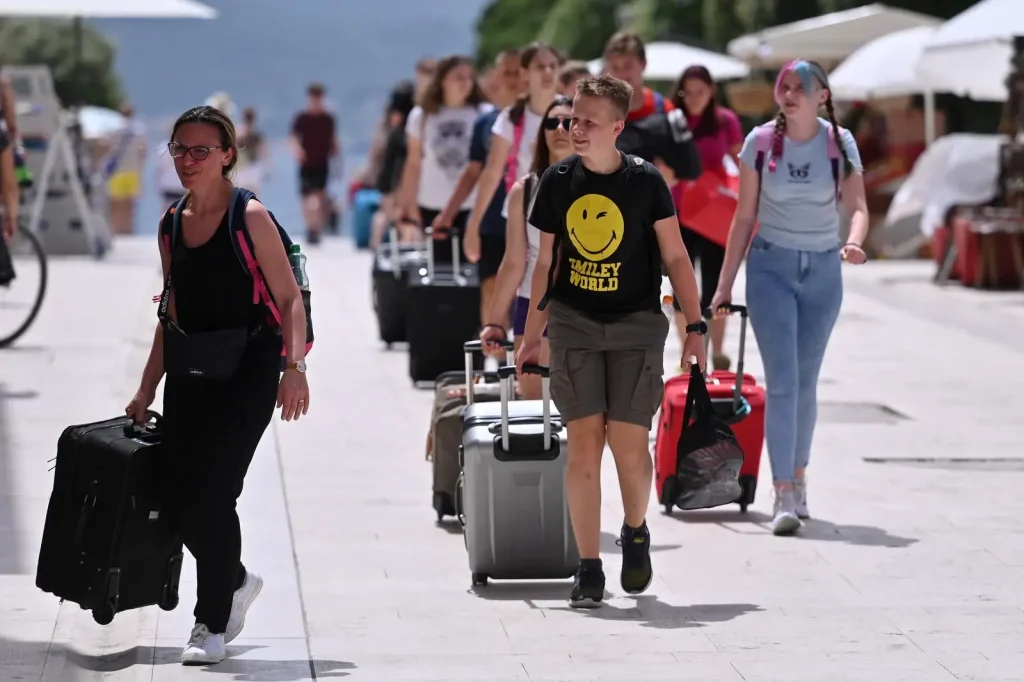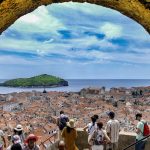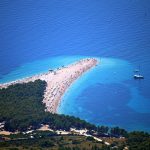Owners of non-commercial accommodation in Croatia pay a tourist tax as a lump sum and are obliged to register themselves and all persons who spend the night in the house or apartment (family members, relatives, friends) in the eVisitor tourist check-in and check-out system of the Croatian National Tourist Board (CNTB), from which the CBS takes data on non-commercial tourist traffic and continues to process them statistically.
Locals came less and spent the night in houses and holiday apartments
According to these data, out of the total turnover in non-commercial accommodation in 2021, almost 76 percent of arrivals and 56.4 percent of overnight stays refer to foreigners, who came to this type of accommodation 5 percent more than in 2020 (353.1 thousand) but realized 3 percent fewer overnight stays (5.7 million), reports Index.hr.
Croatian citizens also realized fewer overnight stays in non-commercial accommodation than in 2020, by 16 percent (4.4 million), and according to reports in eVisitor, 5 percent fewer came to that accommodation (113.1 thousand).
Last year, 37,000 Slovenians came to this type of accommodation, totaling 2.6 million overnight stays. According to that, they were by far the most numerous and the most overnight stays in houses and holiday apartments in Croatia among all tourists from other nations who were in that type of accommodation.
They were followed by Germans and tourists from Bosnia and Herzegovina with 640 thousand and 634 thousand overnight stays, and among the first ten countries, whose tourists realized one hundred thousand and more overnight stays in that accommodation: the markets of Serbia, Austria, Czech Republic, Hungary, Poland, Italy, and Slovakia.
Zadar County and Kvarner with the most non-commercial overnight stays
In the research on this traffic, CBS did not provide comparisons of traffic from these and other markets in non-commercial accommodation in Croatia from 2020, which is not stated for individual counties, but only data on arrivals and overnight stays for 2021. Zadar County, with 36 percent of all overnight stays in that type of accommodation, ranks in the first place.
The second is Primorje-Gorski Kotar with 26 percent of total overnight stays, while the third is Istria with 15 percent of total overnight stays in non-commercial accommodation.
They are followed by Šibenik-Knin County, where 8.2 percent of overnight stays in non-commercial accommodation were realized in holiday homes and apartments in 2021. Split-Dalmatia County follows with almost 7 percent of overnight stays, and Dubrovnik-Neretva County with 4.4 percent, while Lika-Senjska County with the lowest share of 4 percent in total overnight stays.
However, not all other counties in Croatia have that much, because the share of overnight stays in non-commercial accommodation was only 0.2 percent.
What the CBS does not yet state in this research is the number of houses, apartments, and holiday apartments (accommodation units, etc.) in which this non-commercial tourist traffic was recorded in 2021, and they note that the quality of research results is significantly affected by the discipline of check-in and check-out the stay of persons in non-commercial accommodation facilities and the work of inspection bodies that monitor this phenomenon.
For more on travel in Croatia, follow TCN’s dedicated page.











